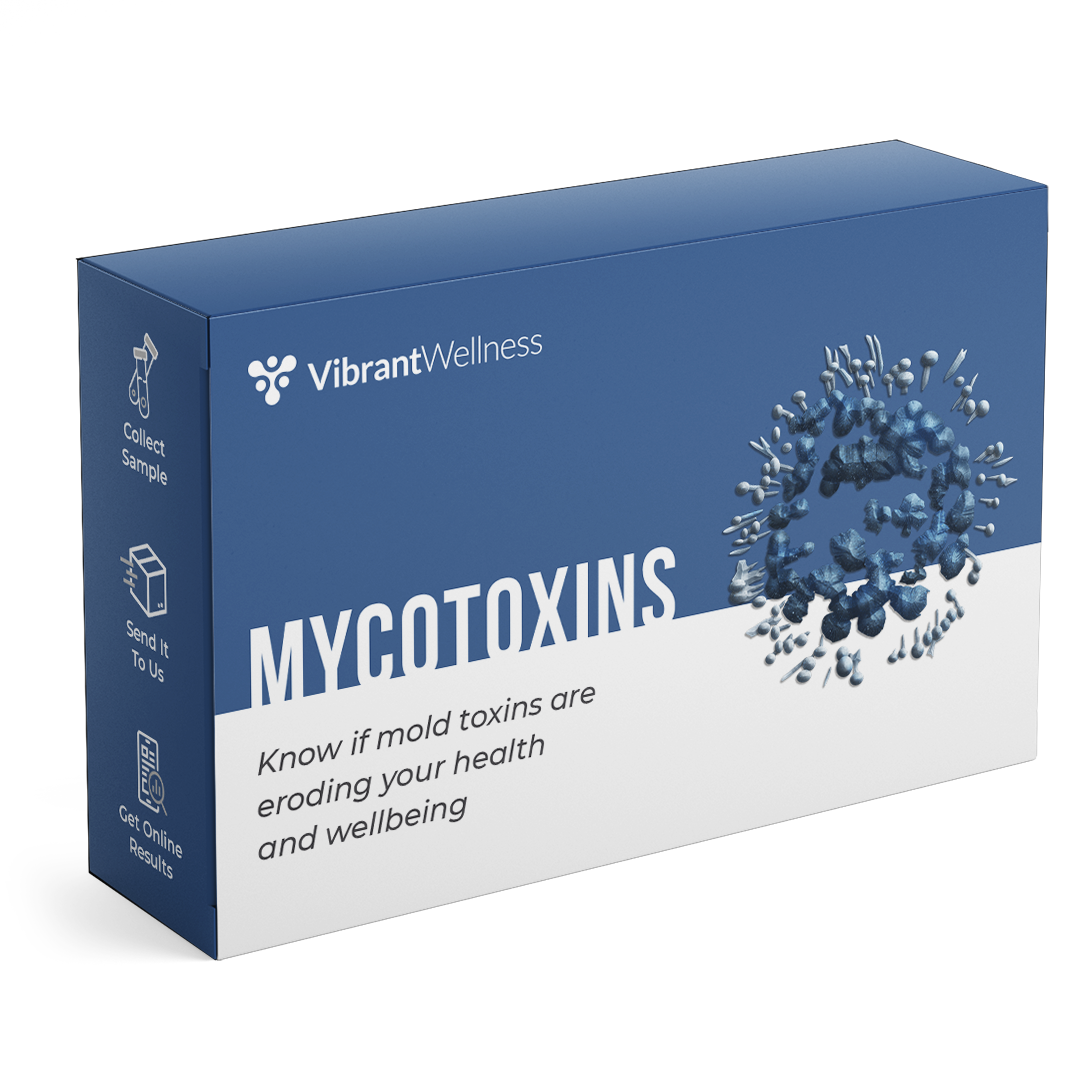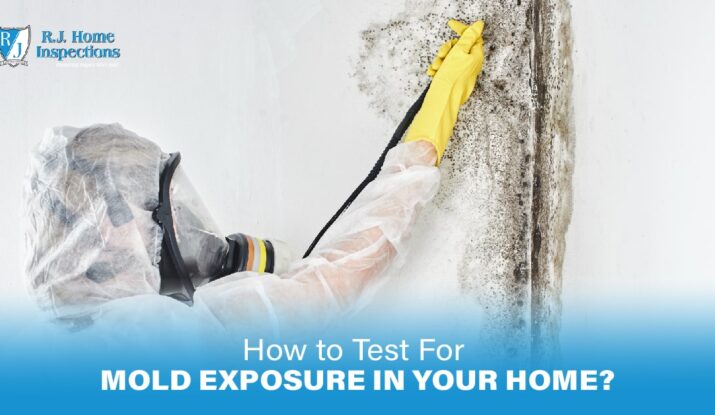Ensuring Conformity With Regulations: the Function of Mycotoxin Evaluating in High Quality Control
Making sure conformity with strict policies is paramount for keeping food safety and security, and the function of mycotoxin testing in top quality control can not be overstated. Mycotoxins, harmful substances created by specific molds, present considerable health threats, making their detection crucial in food production. Adherence to governing requirements, such as those set by the FDA and EU, calls for durable screening methods and modern technologies to determine and quantify these pollutants. By implementing comprehensive testing procedures, business can protect against prospective health dilemmas, avoid expensive recalls, and keep consumer trust fund. The intricacies of these screening processes increase important concerns concerning their efficiency and efficiency.
Recognizing Mycotoxins
Comprehending mycotoxins is fundamental to guaranteeing the quality and safety and security of farming products. The most notorious mycotoxins consist of aflatoxins, ochratoxins, trichothecenes, and fumonisins, each linked with details fungal types and environmental problems.
The existence of mycotoxins in food items can lead to severe and persistent wellness issues, including liver damage, immune suppression, and cancer causing results. By understanding the sources, kinds, and effects of mycotoxins, stakeholders in the agricultural market can much better implement preventative steps and alleviate threats, ensuring more secure intake for end-users.
Regulatory Criteria for Mycotoxins
Having established a foundational understanding of mycotoxins and their effect on food security, it is important to examine the governing criteria controling their visibility in farming items. Governing criteria for mycotoxins are crucial due to the fact that they specify permitted restrictions, making certain food safety and security and shielding public wellness. Numerous worldwide and national agencies have established these restrictions based upon detailed danger evaluations.
The Codex Alimentarius Commission, an international body developed by the FAO and WHO, offers guidelines and maximum allowed degrees for different mycotoxins in food and feed. For example, the Codex has actually set limits for aflatoxins in peanuts, maize, and dried out figs, amongst other commodities. These standards are frequently adopted or adjusted by private nations to fit their certain requirements.
In the European Union, Regulation (EC) No 1881/2006 specifies optimum levels for numerous mycotoxins, such as aflatoxins, ochratoxin A, and deoxynivalenol, in various food items. The U.S. Food and Medicine Administration (FDA) has developed action levels for mycotoxins like aflatoxins in assets such as nuts and grains.
Adherence to these regulatory requirements is essential for keeping market gain access to, customer count on, and public wellness. Non-compliance can result in substantial economic losses and wellness risks, highlighting the significance of rigorous mycotoxin testing protocols.
Evaluating Methods and Technologies

ELISA is extensively appreciated for its quick and economical screening capabilities, making it excellent for high-throughput atmospheres. It depends on antibodies to identify particular mycotoxins, giving lead to a reasonably short time structure. Its sensitivity may be restricted compared to extra sophisticated strategies.
HPLC, on the other hand, masters giving quantitative evaluation with high accuracy and precision. It divides complex mixes right into individual elements, making it highly efficient for recognizing and quantifying multiple mycotoxins all at once - Mycotoxin testing Services. This technique, while much more taxing and resource-intensive than ELISA, provides a higher level of integrity

LC-MS represents the pinnacle of analytical uniqueness and level of sensitivity. Incorporating the splitting up power of fluid chromatography with the discovery capabilities of mass spectrometry, LC-MS can discover even trace levels of mycotoxins. This approach is crucial for validating the visibility of mycotoxins in governing and forensic contexts, making sure compliance with stringent safety and security criteria.
Carrying Out Evaluating Protocols

Integrating these innovative screening methods into an extensive high quality control structure demands a well-structured approach to carrying out testing protocols. To achieve this, organizations need to initially perform a thorough risk assessment to identify potential mycotoxin contamination points within the supply chain. This assessment informs the development of a tailored testing strategy that deals with certain vulnerabilities.
Next, establishing standardized sampling treatments is crucial. Consistent tasting makes certain that examination outcomes are trustworthy and agent of the entire batch (Mycotoxin testing Services). Abiding by standards from governing bodies, such as the FDA or EFSA, aids keep conformity and improves the trustworthiness of the testing process
Educating employees is one more critical component. Team has to excel in both example collection and the operation of screening tools. Routine training sessions and accreditation programs can guarantee that staff member stay updated with the current strategies and regulative changes.
Advantages of Mycotoxin Checking
Mycotoxin testing supplies various benefits that dramatically improve the safety and top quality of food and feed products. Largely, it functions as an important control measure to avoid polluted goods from getting to the consumer market, therefore protecting public wellness. By determining and evaluating mycotoxins such as aflatoxins, fumonisins, and ochratoxins, manufacturers can guarantee that their items meet rigid regulatory requirements, hence avoiding prospective legal consequences and linked costs.
Furthermore, mycotoxin screening contributes to the economic stability of food and feed industries by decreasing the risk of large product recalls. The capability to detect and isolate contaminated batches early in the manufacturing process decreases waste and avoids the monetary losses linked with damaged brand track record. It promotes customer trust and loyalty, as consumers are increasingly aware of click site food safety issues and demand higher quality requirements.
The application of routine mycotoxin testing likewise promotes best practices within agricultural and manufacturing sectors. By adhering link to rigorous screening methods, firms can maximize their quality assurance procedures, improve operational effectiveness, and guarantee the consistent production of secure, top quality products. Finally, the advantages of mycotoxin screening are diverse, contributing to public health, financial security, and market integrity.
Verdict
Mycotoxin testing is essential in ensuring conformity with regulative criteria, consequently preserving food safety and security and quality assurance. By systematically detecting hazardous mycotoxins, this technique assists reduce wellness dangers, prevent legal effects, and avoid economic losses connected with item recalls. Carrying out robust testing methods fosters customer trust and confidence in food safety methods, inevitably supporting the honesty and online reputation of food organizations. Therefore, mycotoxin testing remains an essential part of modern food security monitoring systems.
Making certain compliance with strict guidelines is vital for maintaining food safety, and the function of mycotoxin screening in top quality control can not be overemphasized.In the realm of mycotoxin testing, progressed approaches and technologies are pivotal in guaranteeing food safety and security and regulatory compliance.Mycotoxin testing uses many advantages that dramatically enhance the safety and quality of food and feed products.Mycotoxin screening is crucial in ensuring conformity with governing criteria, this article therefore keeping food security and high quality control. Therefore, mycotoxin testing remains an essential element of modern food security administration systems.
Comments on “Comprehensive Solutions for Your Mycotoxin testing Services Requirements”